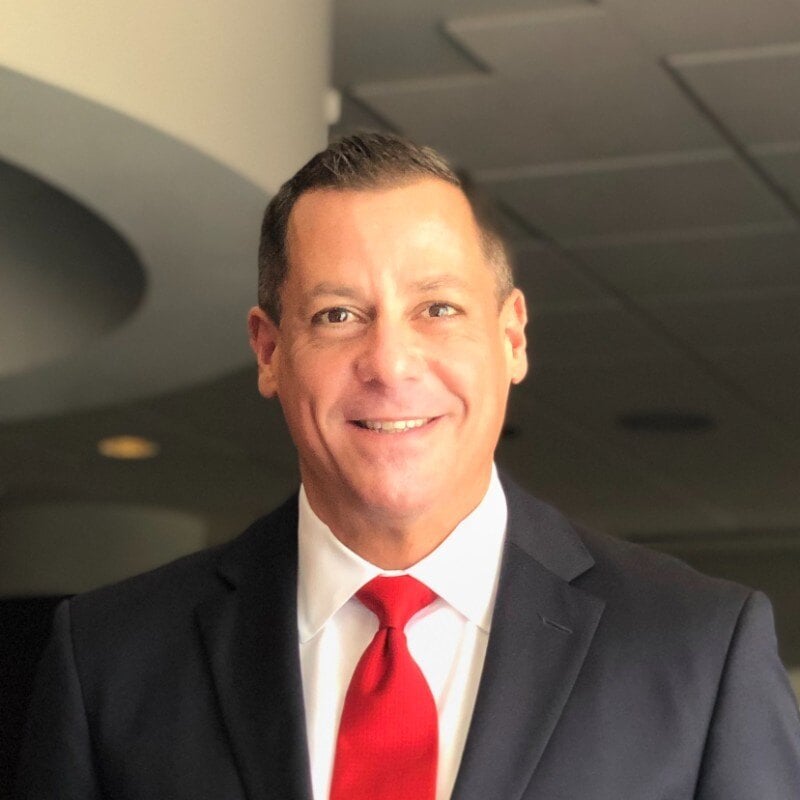
In the vast expanse of rural America, a crisis has been lurking for some time: the proliferation of healthcare deserts. These deserts, characterized by the scarcity or absence of medical facilities and services, pose a grave threat to the well-being of millions of individuals residing in remote communities across the nation. Rural hospital closures have increased travel distances for residents to access care. The U.S. Government Accountability Office (GAO) reports that over 100 rural hospitals closed from 2013 to 2020, forcing residents to travel 20 miles farther for common services and 40 miles farther for specialized care. These closures have left many rural areas with fewer healthcare providers overall.
This disparity in healthcare access has grown exponentially over my decade of work in healthcare, and it is incumbent on healthcare leaders to do something about it.
Let’s delve into the depths of this issue, exploring its root causes, its disproportionate impact on vulnerable populations, and the urgent need for innovative healthcare solutions.
Understanding the Problem
For the first time in history, the U.S. experienced a decline in rural population during the 2010-2020 decade, according to recent research and census data. Between 2010 and 2020, rural America lost population by 289,000 (-0.6%), marking the first decade-long rural population loss ever recorded, according to the University of New Hampshire Carsey School of Public Policy. And as the Pew Research Center points out, the population decline was widespread, with 52% of all rural counties (1,024 out of 1,969) experiencing population decreases since 2000.
All of this translates into little incentive to fund health systems and clinics that attract medical professionals. Conversely, without staffing, it’s hard to run a healthcare facility properly. Bottom line? There are simply not enough medical professionals in these rural communities for the few jobs that are there, and it's very difficult for doctors to make money.
This shortage of professionals means fewer physicians and markedly fewer specialists. For example, over half of rural counties lacked hospital-based obstetric services in 2018, and by 2030, the anticipated supply of OBGYNs is expected to meet only 50% of the demand in rural areas, according to the GAO. This lack of providers contributes to poor maternal and infant health outcomes that disproportionately affect rural areas and minority populations. And of the hospitals that are left, over 40% of rural hospitals operate with negative profit margins, ABC reports.
The subsequent impacts of these trends spell a cascade of trouble for rural residents, from longer travel times for critical and regular care to limited availability of appointments. As a result, rural residents are experiencing poorer health outcomes. According to the Centers for Disease Control and Prevention (CDC), this population is more likely than their urban counterparts to experience potentially preventable death from five leading causes: heart disease, cancer, unintentional injuries, chronic lower respiratory disease, and stroke.
Exacerbating Factors
Recent developments have exacerbated the issue, such as rising healthcare costs, declining reimbursements, and the lack of Medicaid expansion in certain states. An April article from KFF (formerly The Kaiser Family Foundation) shows that “the Affordable Care Act’s (ACA) Medicaid expansion expanded Medicaid coverage to nearly all adults with incomes up to 138% of the federal poverty level and provided states with an enhanced federal matching rate for their expansion populations.”
However, KFF explains that to date, only 41 states (including D.C.) have adopted the Medicaid expansion, and ten states have not adopted the expansion. This gap leaves many of the most vulnerable residents in rural America with little in the way of a safety net.
Rural residents often lack health insurance coverage, which contributes to the lack of access to healthcare and drives up costs for hospitals and medical facilities that treat uninsured patients.
The problem is just continuing to snowball, and with insurance paying less and less, it's more expensive to run a hospital now than it was before.
Impact on Vulnerable Populations
Healthcare deserts disproportionately affect vulnerable populations. With limited access to care for low-income individuals, minorities, and migrant workers, these populations may over-rely on emergency rooms for primary care. Plus, economically disadvantaged people often just can't afford to take time off from work to drive to get care.
The Bipartisan Policy Center explains more about this lack of access to healthcare: “Of the rural hospitals that closed from 2005 through 2017, 43% were more than 15 miles away from the next closest hospital, and 15% were more than 20 miles away.” When local hospitals close in rural areas, residents often postpone or forgo seeking healthcare due to increased travel distances to access services. This poses a significant challenge for individuals who are isolated by geography, or those who are elderly or have limited financial resources.
Looking Toward Solutions
Innovative solutions to combat healthcare deserts are direly needed. While the adoption of telehealth took off all over the U.S. during the COVID-19 pandemic, the lack of high-speed internet access in many rural communities presented significant challenges to its widespread use. Certainly, building out infrastructure to support telehealth services can bridge the gap in areas lacking local providers, but the solution is much more complex.
That doesn’t mean it’s too late to make a difference.
Educating the public about available healthcare resources is crucial, given the lack of awareness that hampers the lack of access to healthcare. Furthermore, enhancing training for healthcare providers in rural areas, improving funding and resources for rural public health agencies, and incentivizing healthcare providers to work in rural areas are essential steps to mitigate rural healthcare disparities.
By amplifying awareness, advocating for policy reforms, and championing innovative solutions, we can pave the path towards equitable healthcare access for all, regardless of zip code. If you’d like to learn more about how we at Healthbox™ are joining forces to turn the tide, I’d love to talk with you and share ideas. Book a meeting here.

